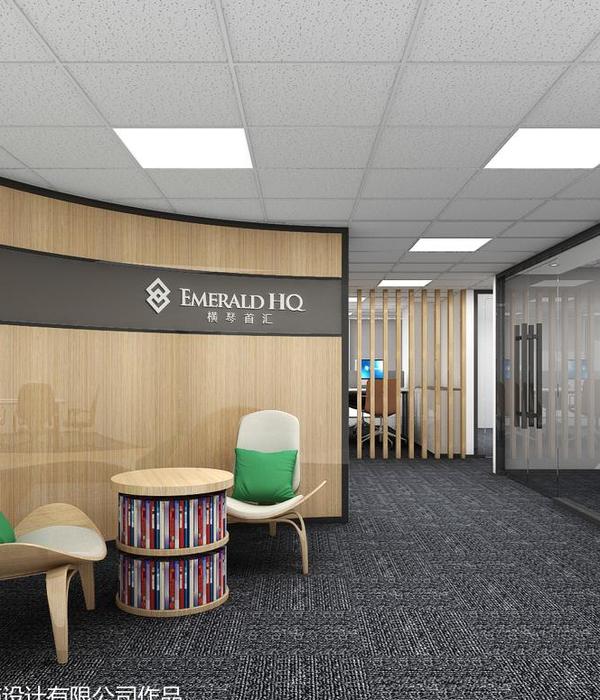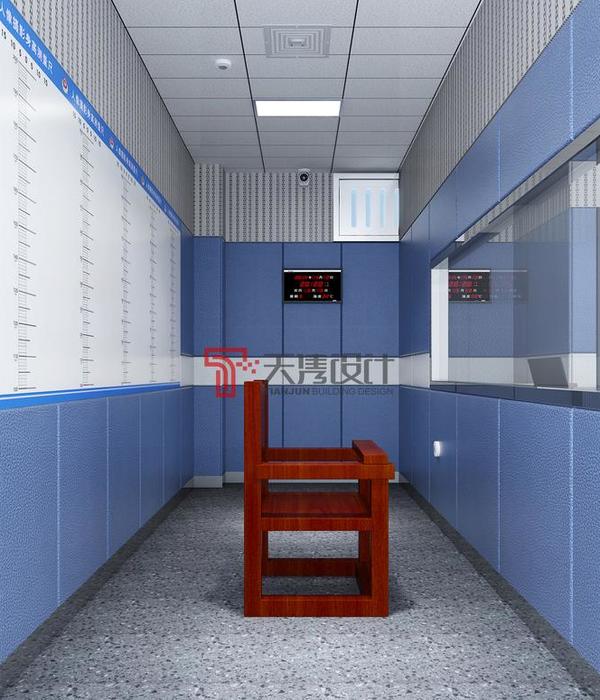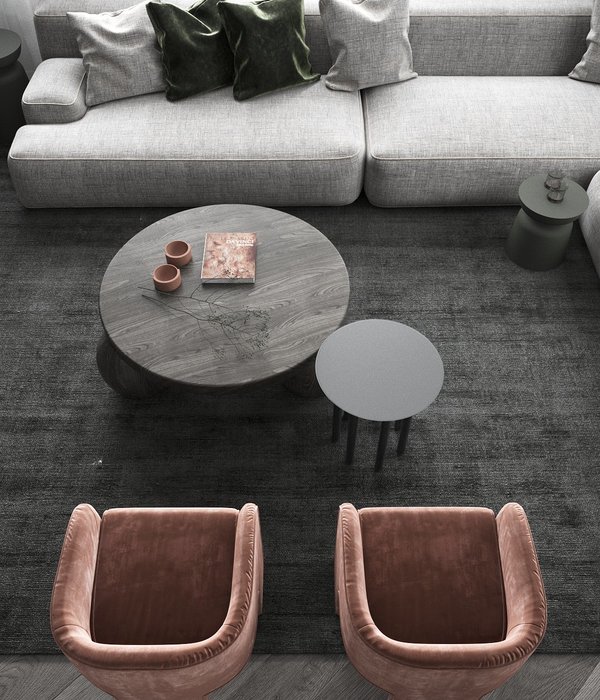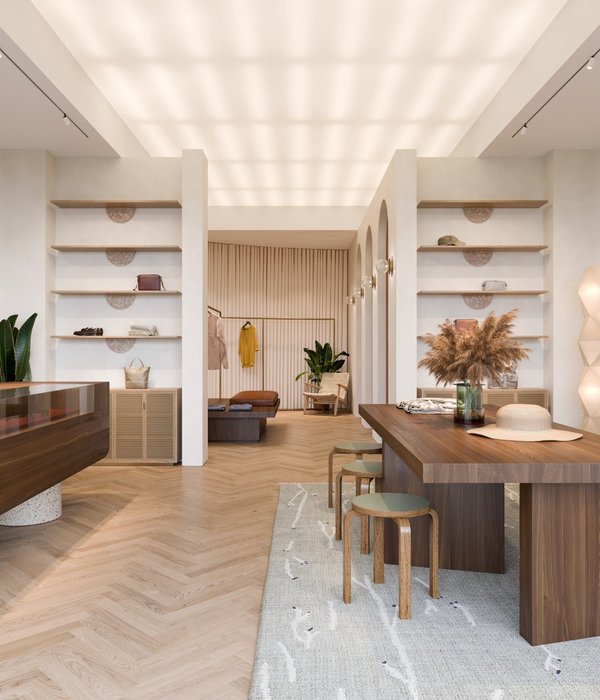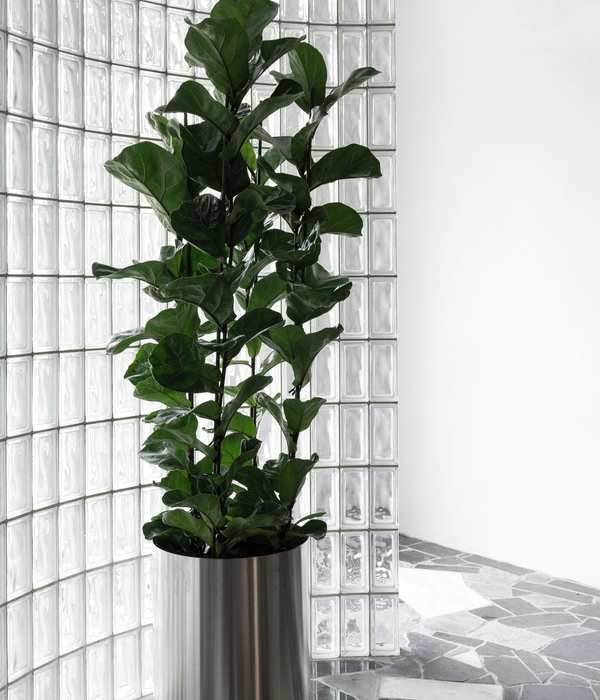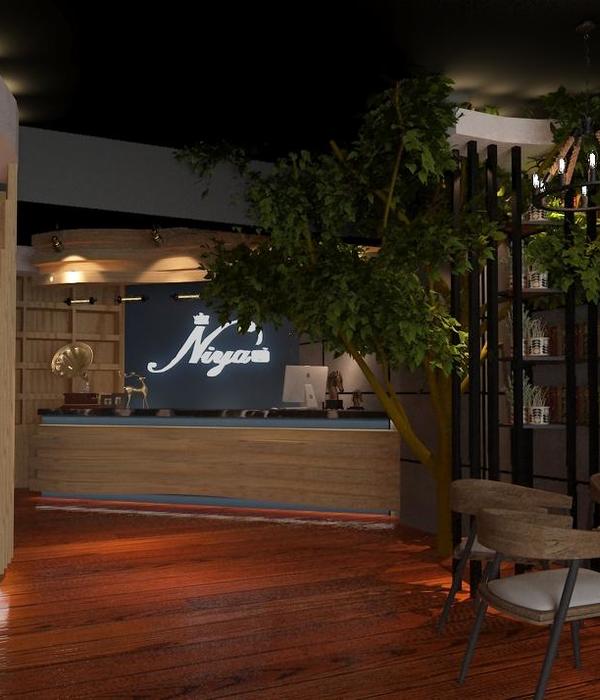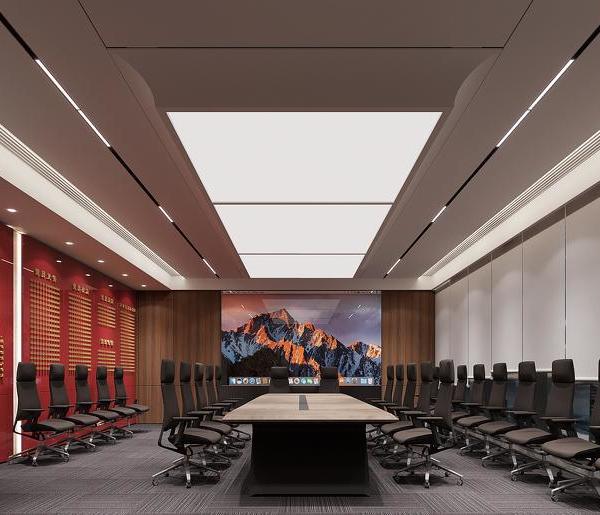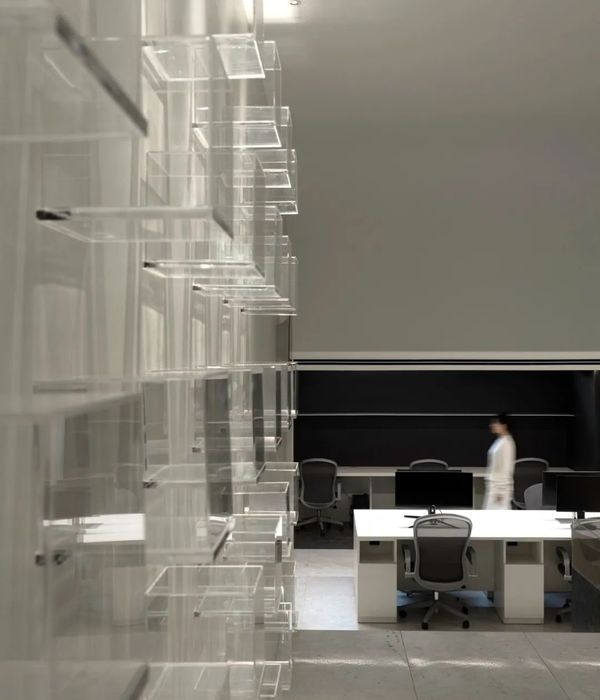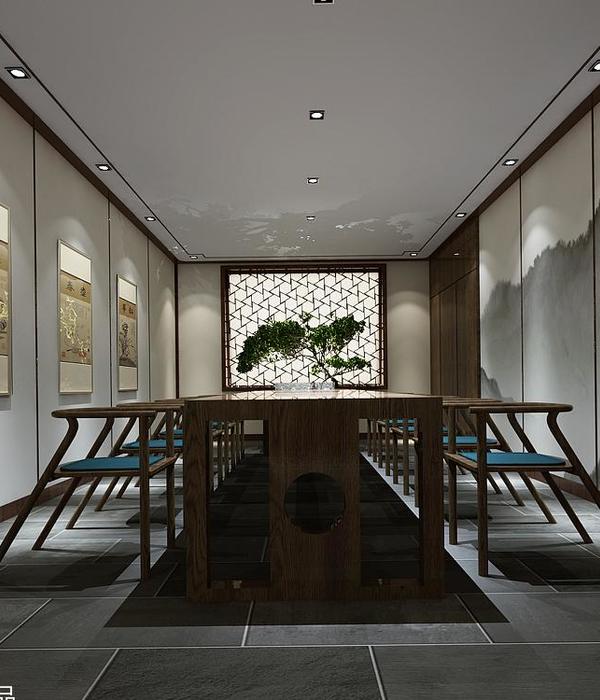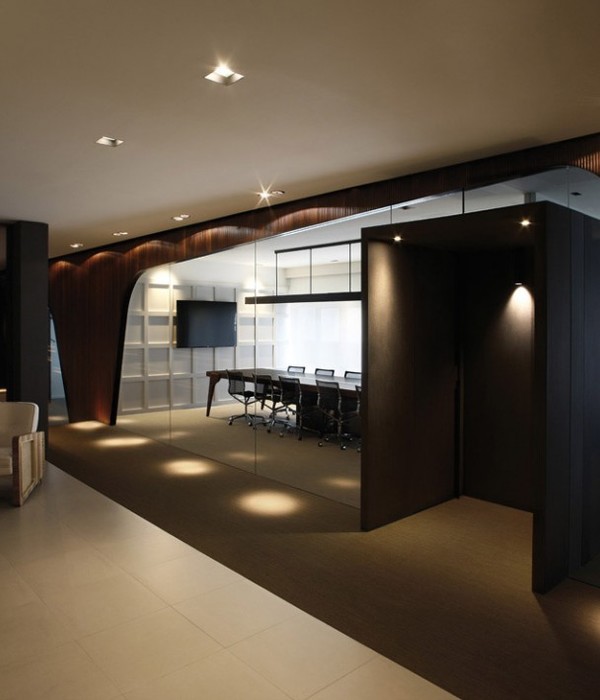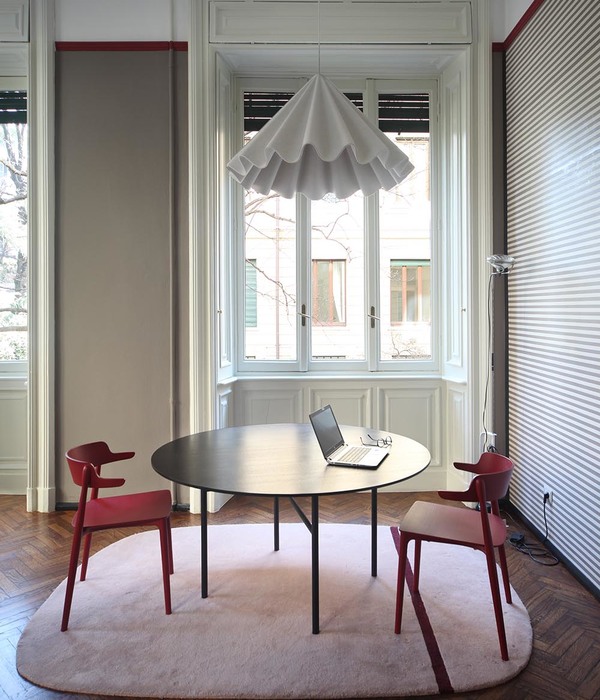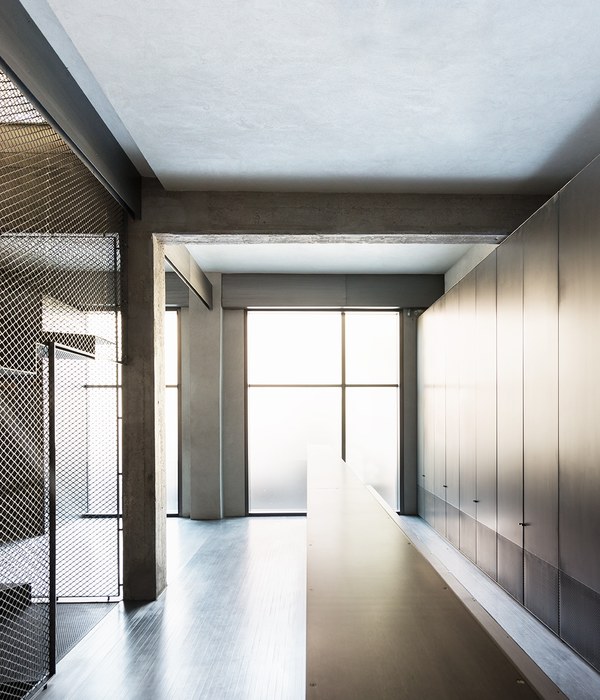Casa Cor Rio 2017 this year takes place in a recently revitalized area in the Port Area of Rio de Janeiro - Porto Maravilha Project. This project was conceived for the recovery of urban infrastructure, transportation, the environment and historical patrimony. Several important points were discovered during excavations. Considered one day the main port of Brazil was also the entrance and dwelling of many slaves. Hosted important attractions during the World Cup and Olympic Games. The Port Region is now part of the city's historical and cultural itinerary and with the arrival of large companies, new tax incentives and the provision of quality public services, there has been a boost to its population and economic growth.
In this scenario emerges Aqwa Corporate, a luxurious corporate complex with partnership Foster + Patners and Tishman Speyer. Its privileged location facing the Bay of Guanabara also provides insight into the Christ the Redeemer and Sugar Loaf.
Gisele Taranto Arquitetura received this year the challenge of decorating the grandiose and beautiful Lobby designed by the famous English office. Our intervention in space was very carefully, since this space belongs to a great architect. Inquiring about this architecture concerning its buildings, we notice that almost never there is furniture, and the few that exist are always near the window frames.
With a selection of incredible materials and neutral color palette, we are only responsible for its layout, except for its reception desk, also designed by Foster + Partners. So we opted for a layout that did not compete with architecture, but rather complemented it.
Your gaze upon arriving in space is in the foreground for the grandeur that has its interior. Then, when you absorb this scale, you lower your eyes to observe the beautiful scenery of Guanabara Bay and then come across our layout. So the layout is not in your first seizure of space, it is in an imaginary complement to space. We use the side of the frames to make our layout and on the opposite side, next to the aluminum panel, we position the works of art. Therefore, the Lobby has nothing in its central span, you only notice its architecture, its noble materials, and its large scale.
The Lobby is the business card for a building, it prints the dna of its occupants and should reflect and be integrated into the concept of the existing architecture and the function of its use. Its furniture should be easy to maintain, comfortable, but not to the point of becoming the living room of a residence. Because it is a public waiting area in a commercial building, its senior executives cannot waste time, its layout should provide individualization options for its user, perhaps a last moment of adjustments before an important business meeting.
Taking into account all these premises, we designed a layout that could make the most of the view to the Bay of Guanabara, which had furniture signed by consecrated Brazilian designers of the highest quality and that allowed relative comfort to its short waiting time.
The space has 385m² and has two waiting areas sectioned by the reception desk area. The first area is just at the entrance and the second is next to the restaurant, which could possibly serve as a place to wait in certain moments.
The definition of the colors of our project took into consideration the existing materials: Brazilian exotic stones in the floor and granite walls White Macaubas with detail in Black Cosmic granite, besides panels of aluminum sheet beaded in lead color.
In this Lobby we will have Norman Foster welcoming Niemeyer! Some facts have led us to think hypothetically as would have been our great architect being received by the great English architect in his building in Rio de Janeiro. This year Niemeyer would be 110 years old and his name will soon replace the name of the street where the Aqwa is located. As we had to do the layout and not intervene in the architecture, we created a mechanism to add it to the project even if only metaphorically. The choice of furniture took this very first in consideration and therefore some of them are from Niemeyer himself. All furnishings are from the Arquivo Contemporâneo: Alta armchair with Marquesas by Oscar Niemeyer, Arcos center tables and Ciranda side tables by Ricardo Fasanello, Bow sofas by Bruno Faucz, Dora and Celine armchairs, Mush side table and Memory, Arch and Jardim by Jader Almeida, and Iaiá stool, by Gustavo Bittencourt.
Another relevant fact was the invitation we made to the architect Celso Rayol to write how this meeting could have been. Based on this assumption he invited friends and in 2018 will be released a book counting these meetings in the vision of different Brazilian architects, be they of the academic environment or not. We will also have a talk from those involved in the book during the event.
The works of art are by Angelo Venosa, Gustavo Prado and Walter Goldfarb, curated by Vanda Klabin. The desconstructed flower arrangements are from the Officina Floreale and the landscaping by Carmem Mouro. The rugs present in the two environments of the lobby are from Phenicia Concept. The CAP Marcenaria produced the cachepots.
Special thanks to Tecto Engenharia, Editora Cobogó, LD Studio and TTR Vidros who supported us in this event.
{{item.text_origin}}

